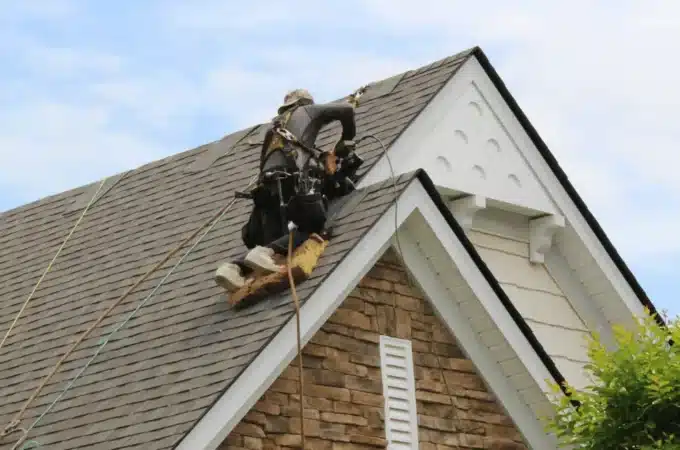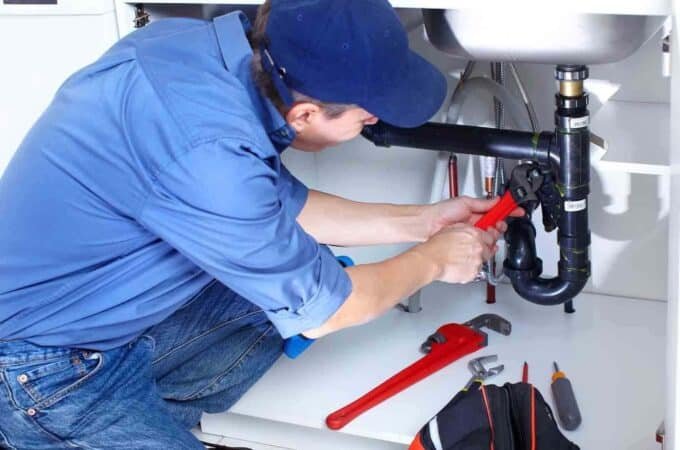
How to Safeguard Your Family with Proper Outlet Safety Measures
Electrical outlets are ubiquitous in homes, providing the power to run appliances, charge devices, and illuminate living spaces. While outlets are essential for modern living, they can also pose risks, especially to young children and curious pets. Safeguarding your family against electrical hazards requires implementing proper outlet safety measures. In this guide, explore essential tips for protecting your loved ones and ensuring electrical safety in your home. If you live in an old home, it might be best to invest in a new outlet replacement in Houston.
Table of Contents
ToggleInstall Tamper-Resistant Outlets
Tamper-resistant outlets feature built-in shutters that prevent foreign objects from being inserted into the slots. These outlets are designed to protect children from electrical shocks caused by inserting metal objects into outlets. Replace standard outlets with tamper-resistant ones, especially in areas accessible to young children.
Use Outlet Covers
Outlet covers or plug covers provide an additional layer of protection against electrical hazards. These inexpensive devices fit securely over outlets, blocking access to the receptacles and preventing children from inserting objects into them. Choose covers that are difficult for children to remove but easy for adults to operate when needed.
Secure Loose Outlets
Loose or improperly installed outlets pose a risk of electrical shock and fire hazards. Inspect outlets throughout your home for signs of looseness or damage, and tighten screws or replace outlets as needed. Ensure outlets are flush with the wall and securely mounted to prevent accidental dislodging.
Keep Outlets Dry
Water and electricity don’t mix—a wet outlet can cause electrical shock or short circuits. Keep outlets in bathrooms, kitchens, and outdoor areas dry at all times. Install ground fault circuit interrupter (GFCI) outlets in areas where water is present to provide additional protection against electrical shocks.
Avoid Overloading Outlets
Overloading outlets with too many devices or appliances can lead to overheating, electrical fires, and damage to the wiring. Use power strips or surge protectors to safely accommodate multiple devices, and avoid daisy-chaining power strips together. Distribute electrical loads evenly across multiple outlets to prevent overloads.
Educate Children about Electrical Safety
Teach children about the dangers of electricity and the importance of avoiding electrical outlets and appliances. Establish clear rules about electrical safety, such as never touching outlets, cords, or appliances with wet hands, and always seeking adult supervision when using electrical devices.
Schedule Electrical Inspections
Periodic electrical inspections by qualified electricians are essential for identifying potential hazards and ensuring the safety of your home’s electrical system. Schedule inspections annually or when you notice electrical problems such as flickering lights, sparking outlets, or tripping circuit breakers.
Protecting your family against electrical hazards begins with implementing proper outlet safety measures. By installing tamper-resistant outlets, using outlet covers, securing loose outlets, and following other safety tips outlined in this guide, you can create a safer living environment for your loved ones. Remember, electrical safety is everyone’s responsibility—take proactive steps to safeguard your family and enjoy peace of mind knowing that your home is protected against electrical hazards.






